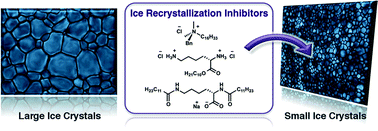Supercapacitors, also known as electrochemical capacitors, are used as highly reliable energy storage devices with the advantage of rapid charge and discharge compared to batteries. However to further expand their use it is necessary to improve their performance in other areas including energy density.
Ruthenium oxide is the material widely used for supercapacitor electrodes. Its use is reviewed by Wentao Deng and colleagues in China and the UK, in a comprehensive overview of the state-of-the-art in this area.
Work has not stopped on improving the performance of these highly promising devices – far from it. Just to take a couple of examples, Sho Makino and colleagues from Japan have used nanostructured ruthenium oxide in an aqueous hybrid supercapacitor with a specific energy comparable to modern rechargeable batteries, opening the possibility of using these materials in a post-lithium ion battery technology. Meanwhile Beena Balan and colleagues from India have looked at decorating carbon nanotubes with ruthenium oxide to produce a ternary electrode material to increase the specific capacitance by 103%, with enhanced rate and excellent electrochemical stability.
Read more about this valuable research in RSC Advances – free to access for 4 weeks:
Electrochemical capacitors utilising transition metal oxides: an update of recent developments, Wentao Deng, Xiaobo Ji, Qiyuan Chen and Craig E. Banks, RSC Adv., 2011, 1, 1171
4 V class aqueous hybrid electrochemical capacitor with battery-like capacity,Sho Makino, Yuto Shinohara, Takayuki Ban, Wataru Shimizu, Keita Takahashi, Nobuyuki Imanishib and Wataru Sugimoto, RSC Adv., 2012, 2, 12144
Carbon nanofiber–RuO2–poly(benzimidazole) ternary hybrids for improved supercapacitor performance, Beena K Balan, Harshal D Chaudhari, Ulhas K Kharul and Sreekumar Kurungot, RSC Adv., 2013, 3, 2428


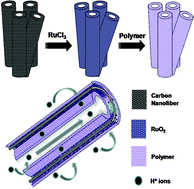









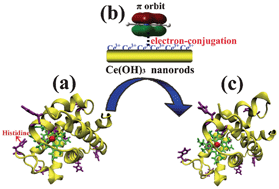
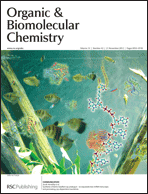
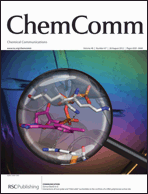
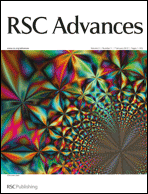
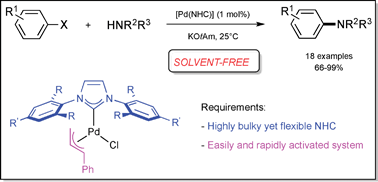
 Genes for two growth factors are encapsulated within the nanoparticles: bone morphogenetic protein 7 (BMP-7), which stimulates bone-forming cells, and vascular endothelial growth factor (VEGF), which induces the growth of blood vessels for bone-cell nutrition. Following injection, the nanoparticles are taken up by the surrounding cells, where the acidic conditions of the lysosomes dissolves the calcium phosphate and releases the DNA. These transfected cells then produce the growth factors that accelerate bone growth and reduce the amount of time a patient is immobile. Epple expects a long-lasting stimulatory effect that will aid growth over the months and years required for bones to heal fully, preventing the need for multiple injections.
Genes for two growth factors are encapsulated within the nanoparticles: bone morphogenetic protein 7 (BMP-7), which stimulates bone-forming cells, and vascular endothelial growth factor (VEGF), which induces the growth of blood vessels for bone-cell nutrition. Following injection, the nanoparticles are taken up by the surrounding cells, where the acidic conditions of the lysosomes dissolves the calcium phosphate and releases the DNA. These transfected cells then produce the growth factors that accelerate bone growth and reduce the amount of time a patient is immobile. Epple expects a long-lasting stimulatory effect that will aid growth over the months and years required for bones to heal fully, preventing the need for multiple injections.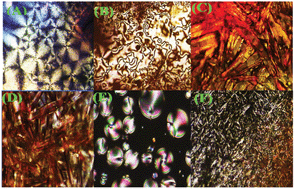
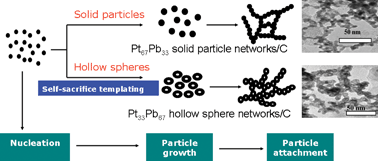 Nevertheless
Nevertheless 